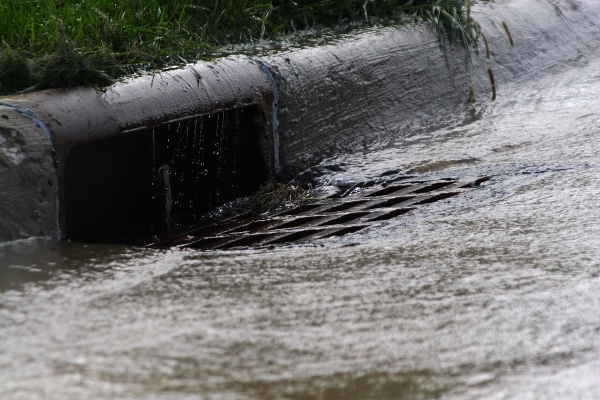by Alex Vuocolo
Before taking part in the Philadelphia Water Department’s (PWD) new vocational training program, Ayanna Turner, 19, never thought much about stormwater and how it affected the city around her.
“I just thought about the sewer, to be honest,” Turner said. “I didn’t know there were other ways you could save it and use it.”
Now, Turner can easily list innovative approaches to green stormwater management, and she ticks off three: bioswales, tree trenches and pervious pavement. Each of them help stormwater infiltrate into the ground instead of overloading the sewer system during heavy rain events, a concept that some city councilmembers—let alone high school students—didn’t know about even five or ten years ago.
Turner is one of six Philadelphia high school students going through the program. The training began with a 15-week crash course in stormwater management by PWD experts and other industry leaders; it continues with six weeks of paid work in the field, dedicated to cleaning and maintaining green infrastructure in the participants’ own communities.
For the second part of the program, PWD took notes from the city’s WorkReady program, which connects youth with local employers, so that the students would also learn work preparedness and personal responsibility.
One of Turner’s jobs was to maintain a rain garden at the intersection of 60th and Lancaster Ave. The triangular patch of greenery is built slightly lower than the surrounding pavement; water naturally flows to the site from surrounding surfaces and then the plants and stones help it evaporate. The students weeded and removed litter, among other tasks, to help it function properly
The Overbrook Art and Environmental Education Center, where much of the program has been hosted, is located two blocks away. It features its own stormwater planters and a strip of pervious paving, serving as a kind of model display of what green infrastructure looks like.
Inside the center, an aquaponics system is in the works, spearheaded by Devan Curtis, 18, a participant in the PWD program. Curtis is on his way to Indiana University of Pennsylvania to study civil engineering, which he sees as a way to stay involved with sustainable design.
The training program is an extension of PWD’s Green City, Clean Waters plan. It will reduce strain on the city’s combined sewer system over a 25 year period of green infrastructure improvements. PWD Commissioner Howard Neukrug said he sees the program as further proof that sustainable water practices have gone mainstream.
When he first began at PWD as the Director of the Office of Watersheds, not even the word watershed was widely known, he said. That’s changed in recent years.
“Water is now a main topic, and people are beginning to understand the consequences of rainwater,” he said. The training program, he added, is a way to continue to fill the ranks of people who care about this issue, and may even be able to contribute to its solution.
Fourth District Councilmember Curtis Jones, a supporter of the program, is a convert to the importance of green stormwater management.
For him, the training program represents the increasingly clear connection between sustainability and other important issues, such as education and employment for young people.
“It’s more than just green,” he said of the program. “It’s practical.”










